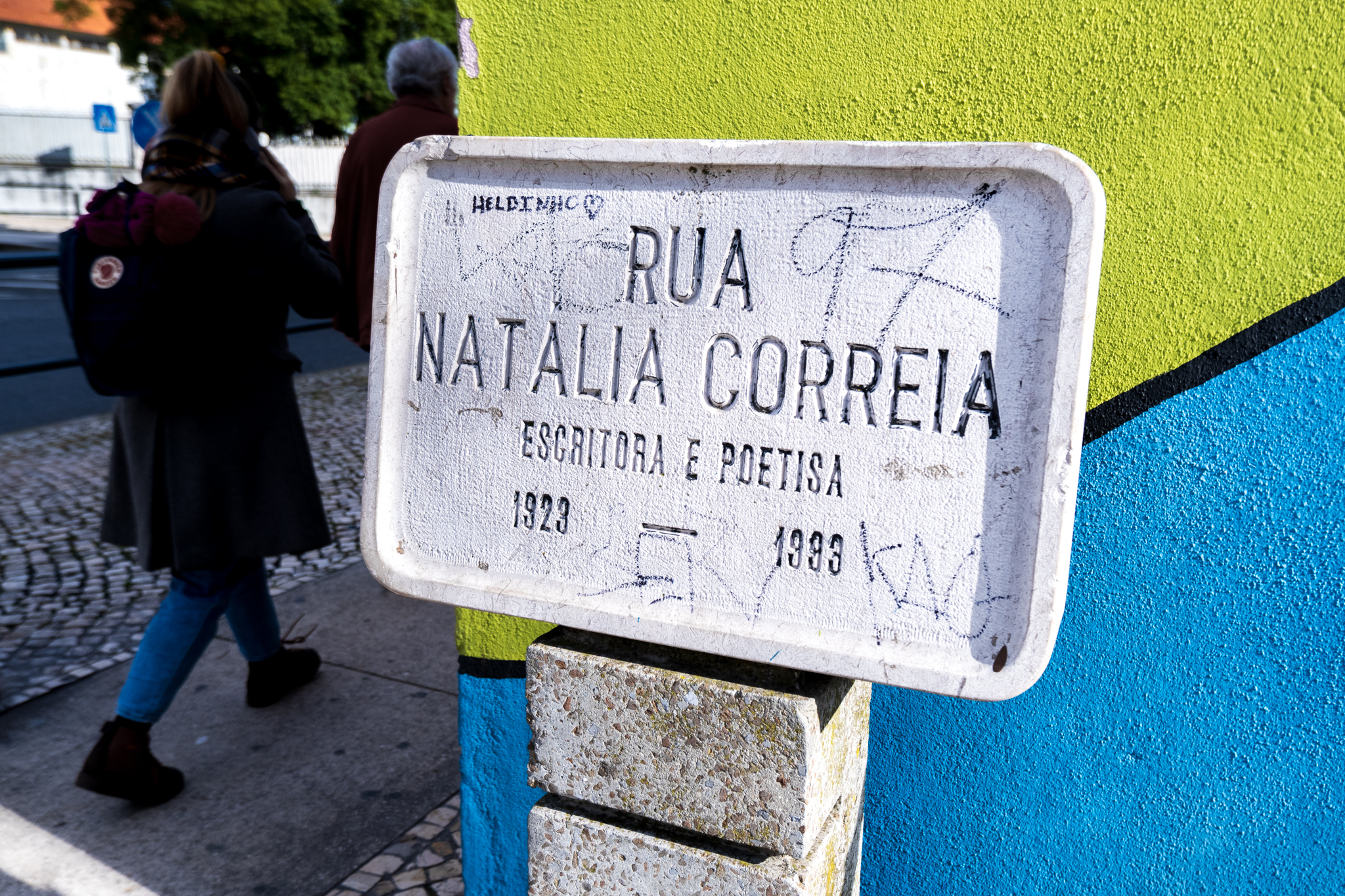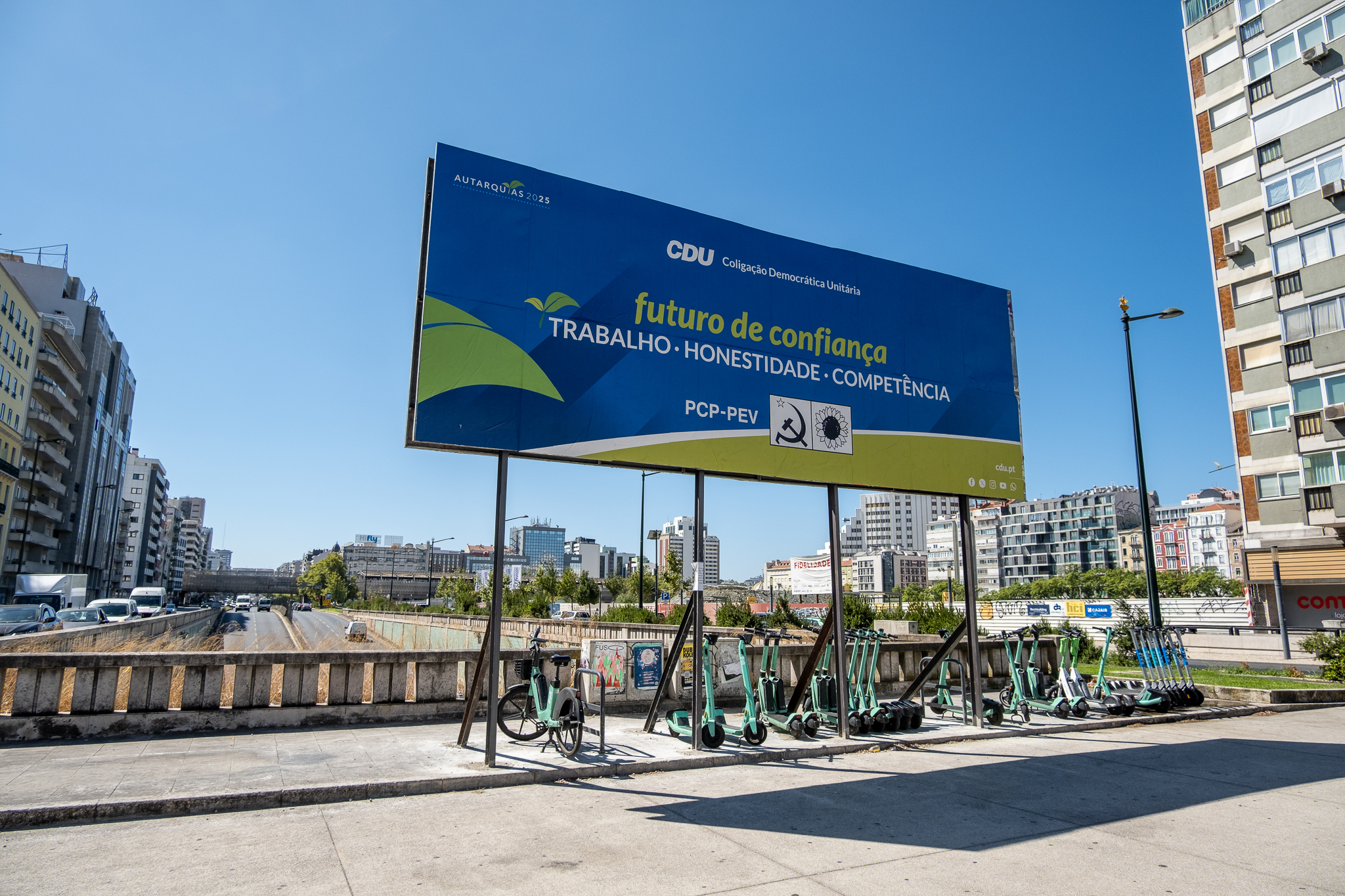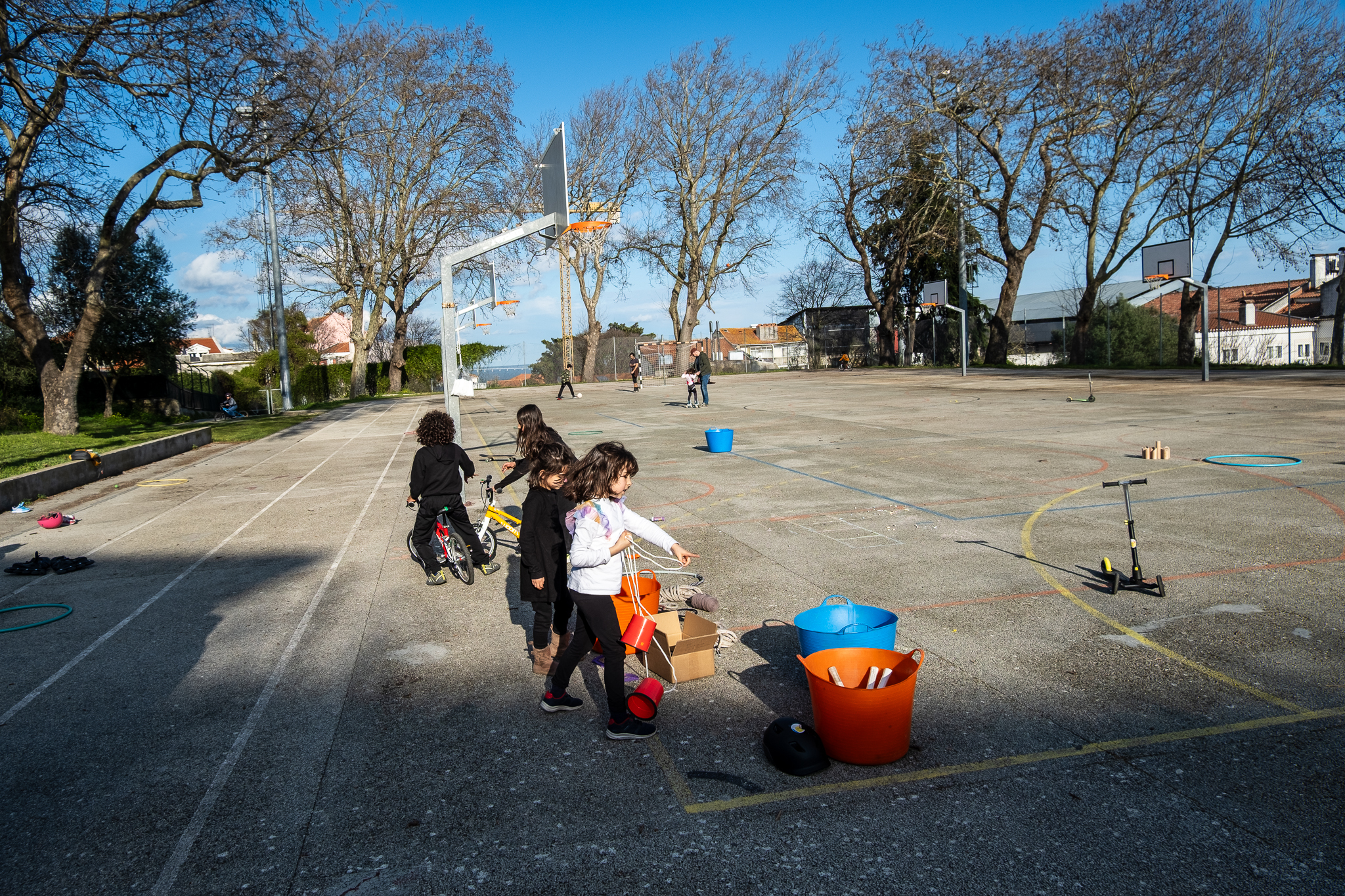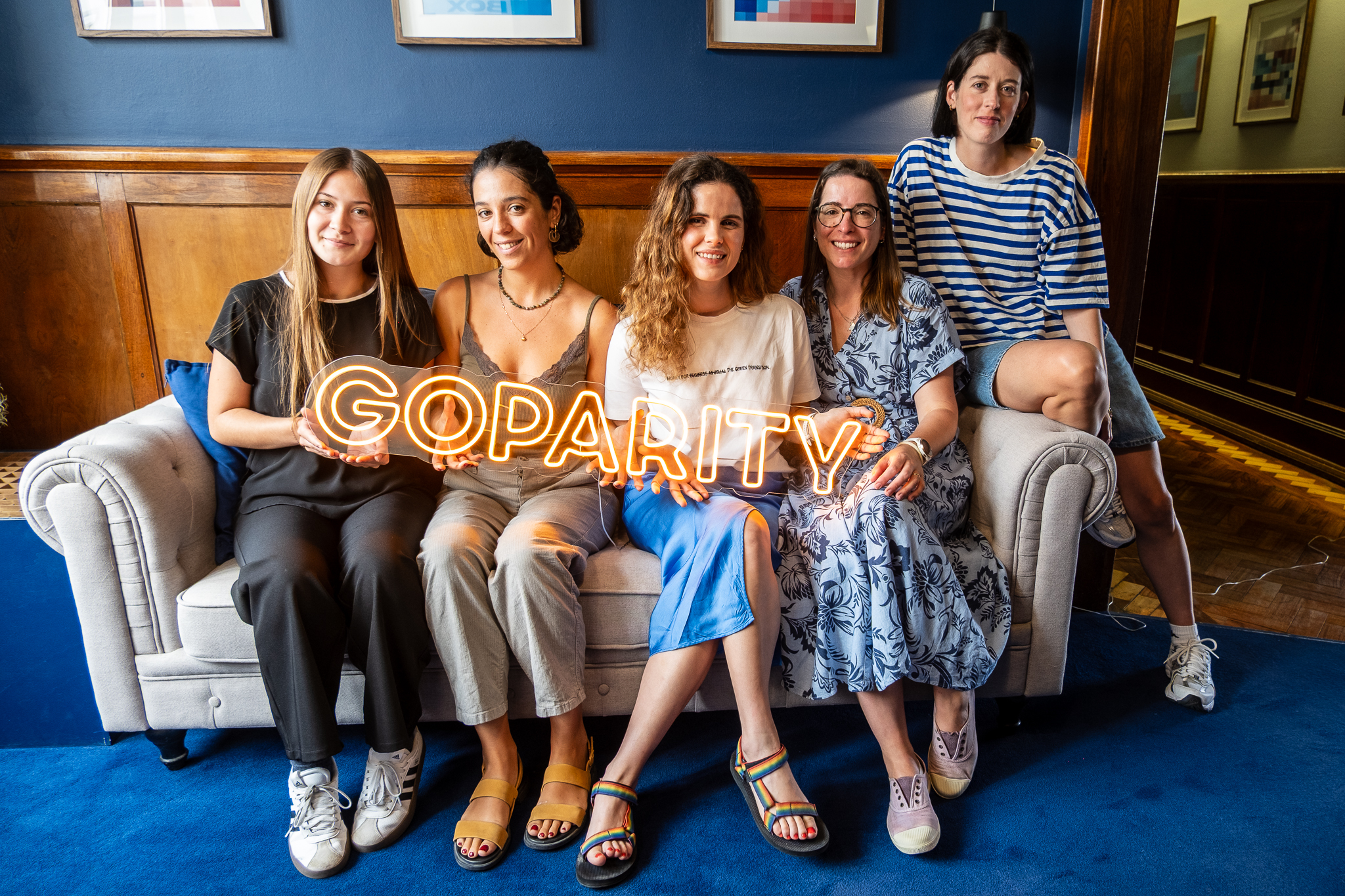Manuel Banza looked at Lisbon's toponymy and, through a data analysis, tried to understand the gender inequality existing not only in the city streets, but also in squares and parks.

Note: We recommend reading this article on a computer.
In Porto, only 4% of the city streets are named after women, 44% are named after men, and the remaining streets have names that can be masculine or feminine, but refer to things or concepts. The conclusions are the result of an analysis conducted by two young people - João Bernardo Narciso, a data scientist, and Cláudio Lemos, a specialist in artificial intelligence - which was published on the site streetsdegenero.com.
In Lisbon, Manuel Banza has published a similar analysis. Using information made openly available by the Lisbon City Council on the city's toponymy, the 30-year-old data scientist looked at the capital's streets to conclude: of the five thousand streets in the Lisbon municipality, only 5% are named after women, 44% are named after men, and the rest are named after things/concepts - a scenario similar to the one in the Invicta city.
"Streets are a fundamental part of our cities and communities. Street names are therefore also a way of honoring and remembering people who have made important contributions to our society. Or to forget them. Unfortunately, streets are disproportionately named after men, reflecting the gender inequality that still exists in many areas of our society."writes Manuel Banza on its website, where it published the entire analysis.
The data scientist clarifies that, from Lisbon City Hall's open portal, he was able to obtain not only the names of the streets, but also the year when they were named or even the name by which some streets were previously known. From his analysis, he excluded streets that have only one proper name because it is "difficult to identify the origin of this personality". Manuel says he validated the streets with men's or women's names "one by one" to avoid errors and that he did not consider any streets that were not in the municipality's database.
Excluding the streets with no proper names, the above percentages are even more expressive: 91% of the streets with people's names are associated with the male gender while 9% belong to the female gender.
Manuel Banza also looked at the toponymy over the last decades, since there are digitalized data in the Chamber's open portal, and by parish. In the latter case, he noticed the The parishes of São Vicente, Carnide and Campo de Ourique have the most names of women have as a percentage of the total analyzed.
What about gardens and parks? And in schools? And in hospitals?
The young scientist also looked at the city gardens and parks, schools and hospitals using the same methodology, finding that 17% of gardens and parks with proper names are associated with the female gender; for schools (we considered educational establishments from the 1st cycle of basic education to secondary education), this percentage is 25% and, for hospitals (both public and private), of 18%.
Manuel concludes that "there are still few streets, parks, schools, and hospitals with women's names compared to those with men's names. In addition, many of the women's names are the names of saints or queens, more than in men as a percentage of each gender.". The data scientist perspective that "it is in the streets that we may be able to change this inequality more quickly" and points out ". There are "several reasons" for the current discrepancy: "First of all, the history of most societies has been told primarily by men, which is why most of the historical figures remembered on the streets are men. In addition, women still face many barriers and challenges in their careers and personal lives, which potentially prevents them from achieving the same level of recognition and success as men. This causes fewer women to be remembered and honored on the streets."
With this analysis, Manuel Banza only wanted to quantify a gender inequality in the city's toponymy to try to start a debate "productive" from "think of names of women who played an important role in the city or in the country and who do not yet exist in the streets of Lisbon". "What suggestions do you have? Which women should have a street named after them?", thus launches an appeal.
The final dataset, already with the data treatments and that was used for the street visualizations, can be consulted and downloaded here. The complete analysis can be found here.












